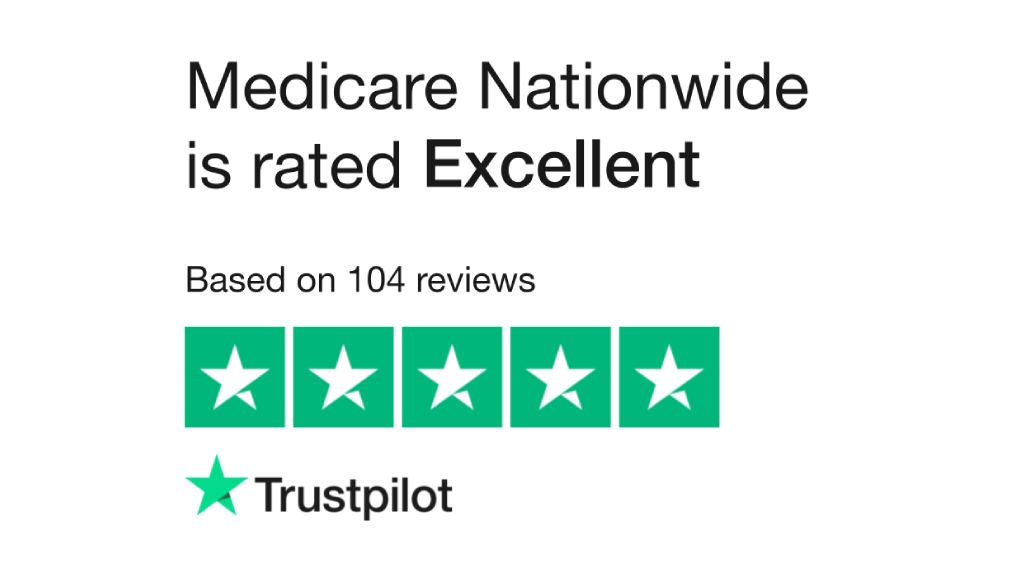Changing Medigap plans can be a big decision that affects your healthcare coverage and costs. But did you know that there are specific times when you can make changes to your plan? In this guide, we’ll explain when you can change your Medigap plan, important timing considerations, and some tips to help you make the best decision. Let’s dive in and simplify this important topic
Understanding Medigap Plans
Before we dive into when you can change Medigap plans, let’s quickly review what Medigap plans are. Medigap, also known as Medicare Supplement Insurance, is private health insurance that helps cover some of the costs that Original Medicare (Parts A and B) doesn’t cover, such as copayments, coinsurance, and deductibles. There are several types of Medigap plans, each labeled with a different letter (like Plan A, Plan B, etc.).

When Can You Change Medigap Plans?
- Open Enrollment Period
Your first opportunity to change your Medigap plan is during your open enrollment period. This period lasts for six months and begins the first month you are both 65 years old and enrolled in Medicare Part B. During this time, you have the right to buy any Medigap plan sold in your state, regardless of your health status. This means insurance companies cannot deny you coverage or charge you more because of pre-existing conditions. - Guaranteed Issue Rights
Outside of your open enrollment period, you may still have opportunities to change your Medigap plan if you have guaranteed issue rights. These rights protect you in certain situations, such as if you lose other health coverage or if your current insurance company goes bankrupt. If you have guaranteed issue rights, you can buy a Medigap plan from any insurance company that sells them in your state. Keep in mind that the rules for guaranteed issue rights can vary depending on your state. - Annual Open Enrollment Period
In some states, you may have an annual open enrollment period that allows you to switch between Medigap plans regardless of your health status. This period typically lasts for about a month and occurs on or around the anniversary of your Medigap policy’s effective date.
Timing Considerations
When considering changing your Medigap plan, timing is crucial. Here are some important timing considerations to keep in mind:
- Avoid Gaps in Coverage
Before switching to a new Medigap plan, make sure you won’t have a gap in coverage. It’s important to have continuous coverage to ensure you have access to healthcare services when you need them. - Consider Health Status
If you have pre-existing health conditions, it may be more challenging to switch Medigap plans outside of your open enrollment period. Insurance companies may charge you more or deny you coverage altogether. - Check State-Specific Rules
State laws can impact your ability to change Medigap plans and the timing of these changes. Be sure to familiarize yourself with the rules and regulations in your state.
Tips for Changing Medigap Plans
If you’re considering changing your Medigap plan, here are some tips to help you navigate the process:
- Review Your Current Coverage
Before making any changes, review your current Medigap plan to understand what it covers and what it doesn’t. Consider your healthcare needs and whether your current plan meets them. - Compare Plans
Research other Medigap plans to see if there are options that better suit your needs. Compare premiums, coverage options, and customer reviews to find the best plan for you. - Check Provider Networks
If you have preferred doctors or hospitals, make sure they are in the network of any new Medigap plan you are considering. This will ensure you can continue to see your healthcare providers without interruption. - Understand Costs
Consider both the monthly premiums and out-of-pocket costs associated with each Medigap plan. While a plan with lower premiums may seem appealing, it could have higher deductibles or copayments. - Consult a Medicare Counselor
If you’re unsure about which Medigap plan is right for you, consider consulting a Medicare counselor or insurance agent. They can help you understand your options and make an informed decision.
Conclusion
Changing Medigap plans is a significant decision that can impact your healthcare coverage and costs. Understanding when you can change plans, important timing considerations, and tips for navigating the process can help you make the best decision for your healthcare needs.
Whether you’re in your open enrollment period, have guaranteed issue rights, or are considering a change during an annual open enrollment period, it’s important to carefully review your options and consider your individual circumstances. By taking the time to research and compare plans, you can ensure you have the coverage you need to stay healthy and protected.
Prefer to talk on the phone? Contact us at 1-888-559-0103.
Book a free appointment to know how we can help you with your Medicare needs.
More Article – Medicare Plan G: Best Tips for Foreign Travel Coverage

